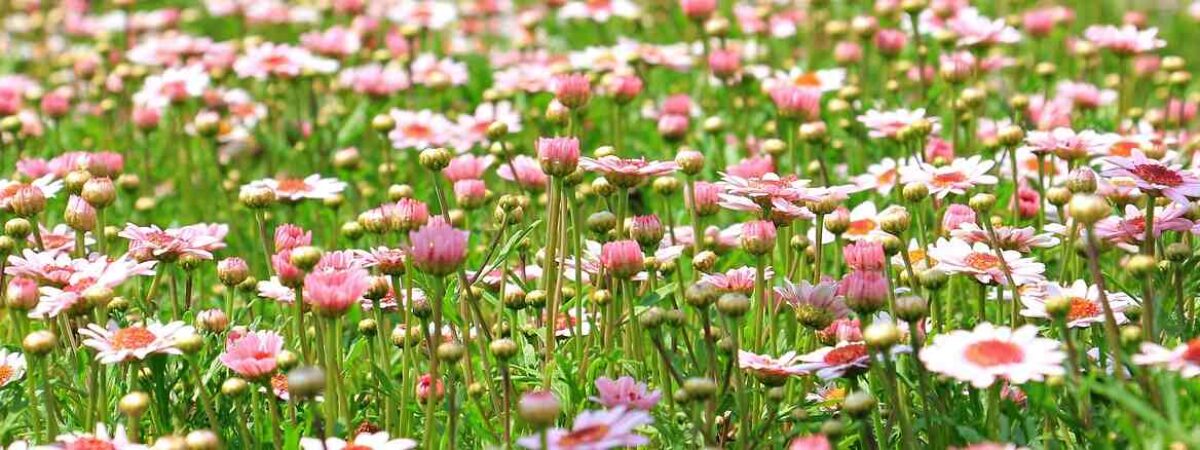Flowers are the most beautiful, colorful, fragrant, and exude the joy of life and specifically the winter flowers. The most popular type of home garden at any place is annuals, i.e., these plants are generally raised from seeds, grow, bloom, seed & exhaust themselves during a particular season.
These seasonal flowering plants appear in a particular season with a tremendous variety of colors, sizes & forms. These plants occupy your garden space with their beauty in less time & they can also be easily replaced. These annual plants can be easily grown in beds, herbaceous borders, as an edging, for window boxes pots, etc
Winter is the best time to grow many different types of beautiful blooming annual flowers. The seeds of these winter flowering annuals are generally sown in October-November. Some annual flowering seedlings also hibernate during the cold months of December & January. They will start growing as soon as the winter sets foot.
As soon as the winter rolls around, gardeners everywhere start heading outside with their new winter bulbs and tools in hand. Some winter flowers bloom abundantly even when the temperatures fall below freezing point, even when a thick blanket of snow covers the ground, some flowers can attain a uniform size.
Many perennials, annuals, beautiful flowers, and shrubs bloom during the coldest months of the year.
So if you want to grow some winter flowers in your garden, then dive into the blog and find the 9 best options.
9 best winter flowers to grow in your garden
Petunia
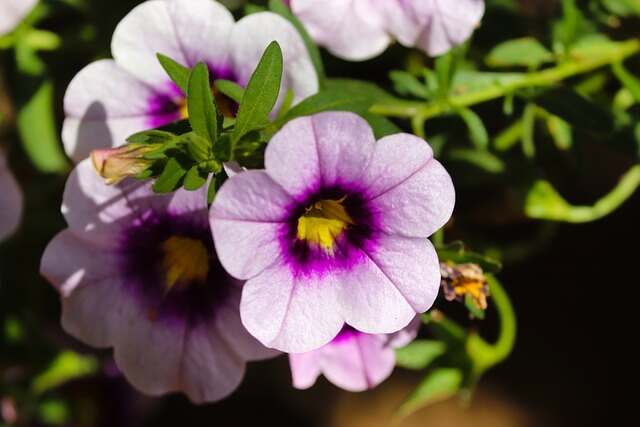
Petunias, the beautiful winter flowers are one of the most popular flowers on our list, and quite rightly so. Generally grown as annual plants, these beautiful, bright, vibrant flowers are a delight to have in one’s winter garden. Besides, these plants are very easy to grow and practically anyone can grow them.
Petunias can be grown by anyone easily from seeds, but it would be quite easier to have these beauties grow as transplants. If you are growing petunias in your garden, start planting the seeds 10 to 12 weeks from the last frost date and water them regularly.
You should plant petunias in full and bright light instead of partial light which will help the plant to increase the number of blossoms. It is recommended your plants be at least 1 foot apart.
Petunia requires regular and thorough watering once a week which is quite enough. However, this might be an exception if there has been a drought situation in your region for some time. You should fertilize the soil where the plant grows monthly to keep the plants healthy and blooming.
Dahlia
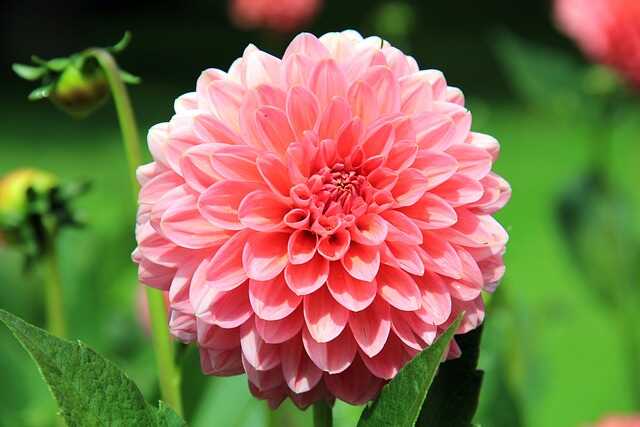
Dahlias are every gardener’s dream or one of the best winter flowers they boast in a huge variety of almost every hue possible. They are beautiful plants that thrive well in winter.
Care for these dahlia plants depends on the place where they’re growing in, but you should follow some general growth and care measures to have your collection of Dahlias.
Dahlias require plenty of well-drained sunlight to thrive and bloom at their best. It is suggested to dig the ground about 8 to 12 inches deep and add compost if you are growing dahlias in your ground. It will increase the porosity and nutrient density of the soil since dahlias are heavy feeders.
Make sure to pinch the buds of your plant when they’re around 15 inches tall. This will enforce your plant for good branching, and help them to increase budding.
Add plenty of water to your plants. As dahlia needs a lot of nutrients, it is recommended to use organic mulch to conserve moisture while preventing weed formation.
Winter jasmine
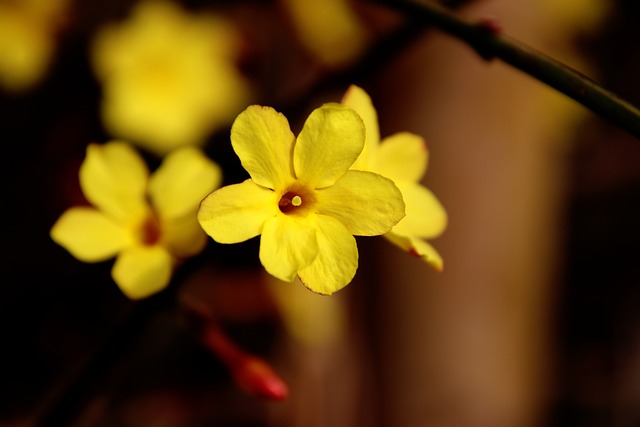
Winter jasmines are beautiful, attractive, delicate, winter flowering shrubs that set their foot specifically on winter days.
Often mistaken for a forsythia due to the brightly colored yellow flowers, the winter jasmine are quite different from them and begin to bloom earlier. The blossoms of winter jasmines last for a longer period, often lingering for up to 8 weeks.
Apart from the flowers, the slender, willowy branches are attractive as well that remain green throughout the winter. This shrubby vine can be grown in the outdoor garden as a groundcover or trained to climb.
Hardy Cyclamen
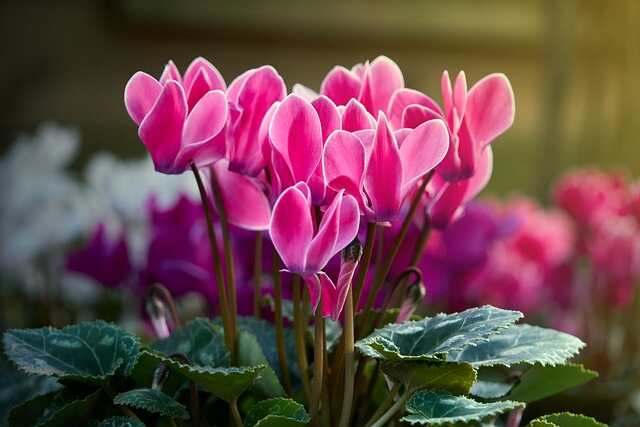
Cyclamen is one of the winter flowers that is usually grown as a houseplant. However, the extra-hardy variety of the cyclamen also called Persian violet or winter cyclamen can thrive outdoors and blooms best during the winter months, although the cold weather coaxes the foliage and flowers from summer dormancy.
The beautiful heart-shaped leaves also increase the beauty of the plant followed by delicate pink or white winter flowers that start blooming as early as December and it continues through March.
The hardy cyclamen plants are self-sow and they can form a beautiful winter ground cover naturally.
Daffodils
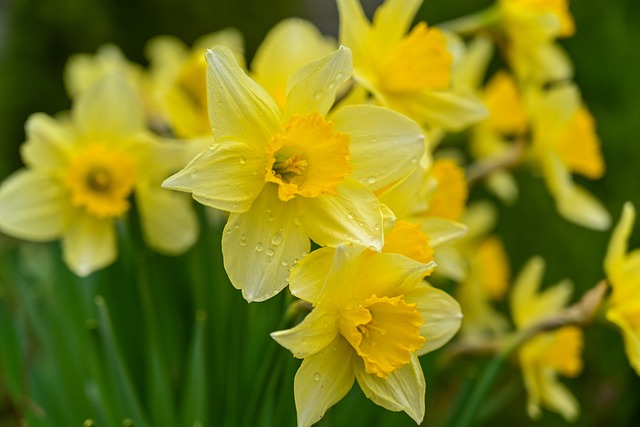
The daffodils are the beautiful, sunny little winter flowers that are usually the first flowers to crop up during the early spring, but sometimes these beauties can grace your yard or garden as early as February.
It is suggested to plant your bulbs at least three weeks before the expected first frost for the best results. This will surely give the daffodils a longer time to grow with a strong root base.
Tulip
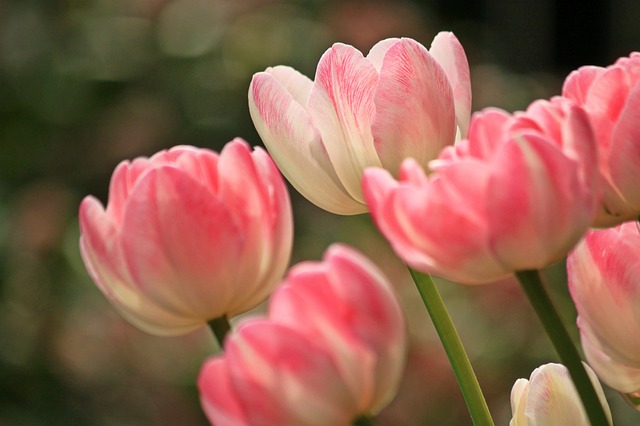
Tulips are the perfect moody winter flower and the best choice for the winter garden. Although tulips are highly associated with spring blooms, they are pretty resilient winter flowers that can withstand cold temperatures.
So if you’re living in a milder climate, it’s worth planting the tulips for a late winter/ early spring bloom. the tulips require 8 to 15 weeks in the ground to grow, so it is suggested to plant them during the fall.
Winter daphne
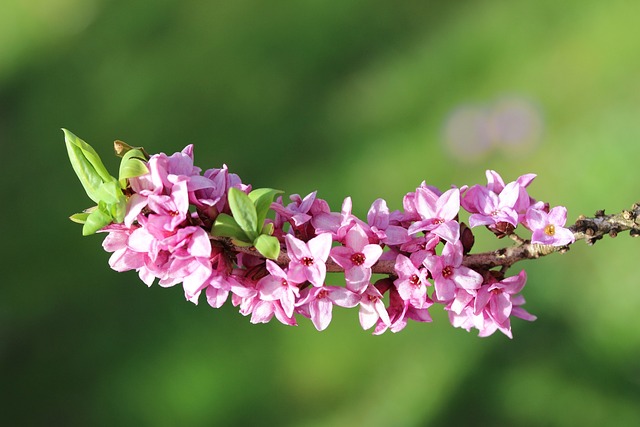
Winter daphne is a beautiful, sweetly scented, clustered winter flower that comes in a variety of shades.
The sweetly scented winter flowers of these beautiful and evergreen shrubs generally emerge in late winter to early spring. Although these plants are not mainstream. However, they deserve a spot in your winter garden.
Mahonia
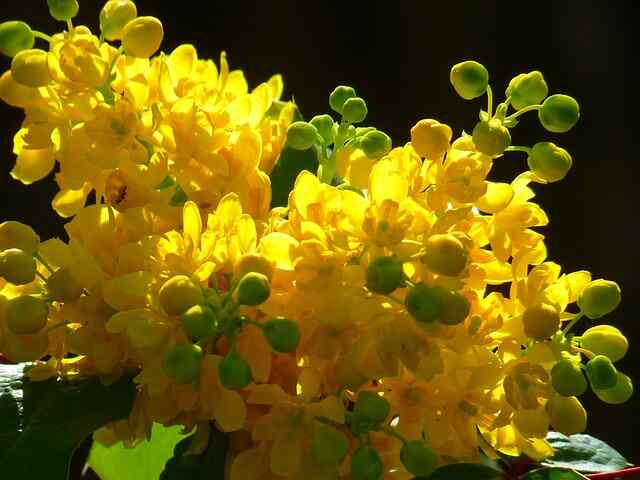
The mahonia is a beautiful, yellow-colored winter flower that is densely textured with eye-catching, large foliage. These flowering shrubs are well-suited to any shady spots in your garden and are popular as privacy hedges.
These plants are often used in minimalist landscape designs, specifically in southern states
due to their architectural, dramatic appearance.
Mahonia, the native woodland plant is native to North America and quite easy to grow with a tropical look. Apart from that, these beauties spread beautiful fragrances that will intensify your garden’s beauty.
Along with the flowers, mahonia also shows beautiful dark bluish-black berries that are edible and sometimes add beauty to your plant. This upright, evergreen, flowering shrubs are part of the appealing beauty and offer year-round interest. It is suggested to plant mahonias in spring or fall when the temperatures are mild.
Winter aconite
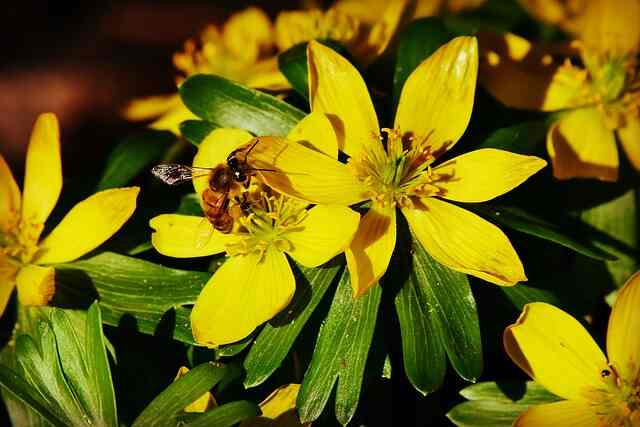
Winter aconite or scientifically termed the Eranthis hyemalis is one of the earliest bulbs and winter flowers to bloom in winter. This plant belongs to the buttercup family (Ranunculaceae) and is native to Asia Minor and Europe. These beauties bear small flowers that resemble tiny buttercups.
The solitary, yellow cup-shaped flowers of winter aconite are often surrounded by bright green bracts that resemble a collar around the blossom.
This flower bears six petals and numerous stamen and pistils in the center. This small tuberous flowering perennial is hardy in zones 4-7.
Conclusion
As you read the article this far, you might have aware of the best winter flowers to grow in your winter garden.
Choose the best out of them, grow them in your garden, and have beauty and fragrance in winter.
You may also like to read

